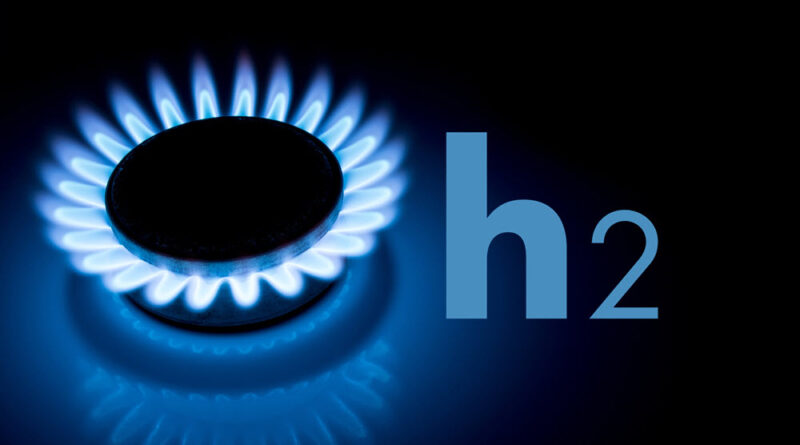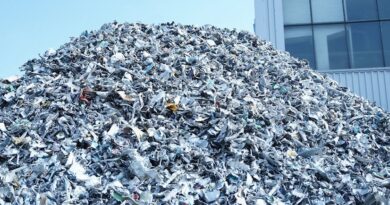Australia and the Middle East tops the battle for green supremacy
Suppliers with access to major, low-cost gas resources and CCS have a natural advantage for blue hydrogen exports. Regions such as the Middle East, Russia and the United States, with competitive onshore drilling costs, appear best placed to develop an interregional export position. Countries able to exploit existing ammonia infrastructure will also be on the front foot.
Similarly, suppliers with access to low-cost renewables will tip the scales when it comes to green hydrogen production. Based on Wood Mackenzie’s analysis of future costs, Australia and the Middle East sit in the top echelon for solar irradiance and offer massive green hydrogen potential.
And with conversion and transport costs making up as much as two-thirds of the delivered cost of the interregional hydrogen seaborne trade, proximity to market will also be important. For supply to Northeast Asia, for instance, suppliers in Australia would appear to be ahead of the pack.
Building hydrogen supply chains would also allow Australia and countries in the Middle East to transition from the export of raw materials to the supply of value-added products, becoming manufacturing and industrial hubs for green steel, green cement or green chemicals/ammonia. Manufacturing has a multiplier effect on economic growth and value creation.
Credibility may be key
Many countries are positioning for hydrogen exports, including promoting their hydrogen export strategies. But countries with experience in developing complex, large-scale energy export projects and supplying customers for 20-plus years will stand out from the crowd when trying to convince buyers of their credibility – at least in the early stages of market development. This could place proposals from hopefuls such as Morocco and Chile at a relative disadvantage to those from the likes of Australia, Saudi Arabia and Russia.



